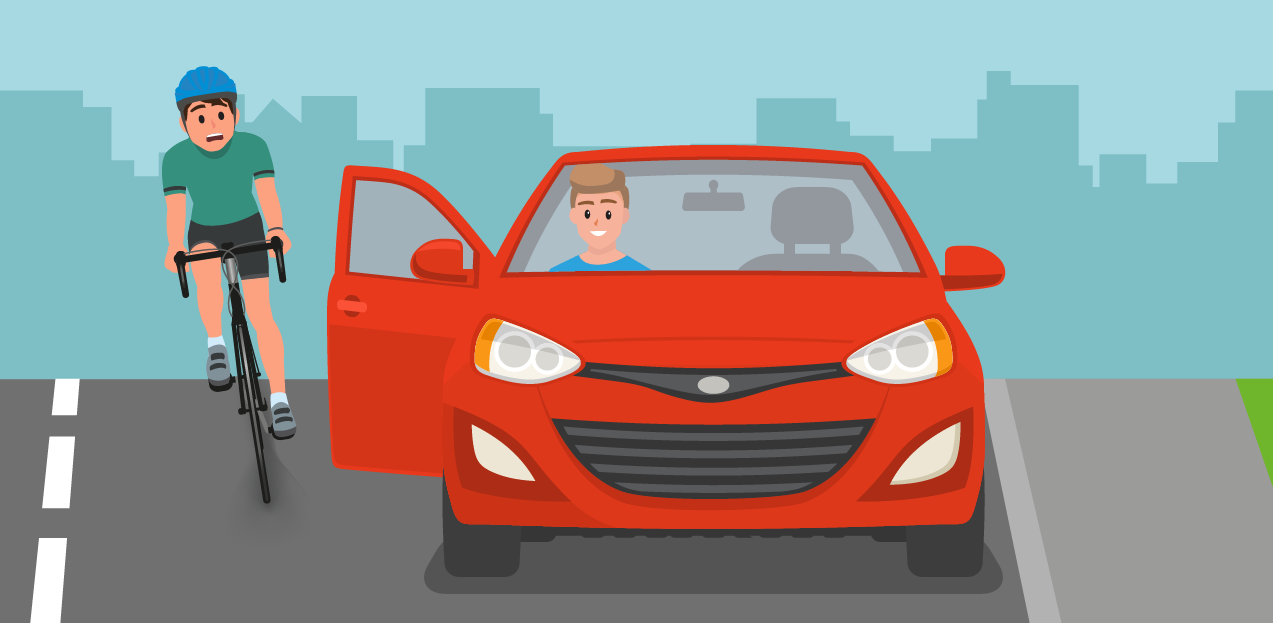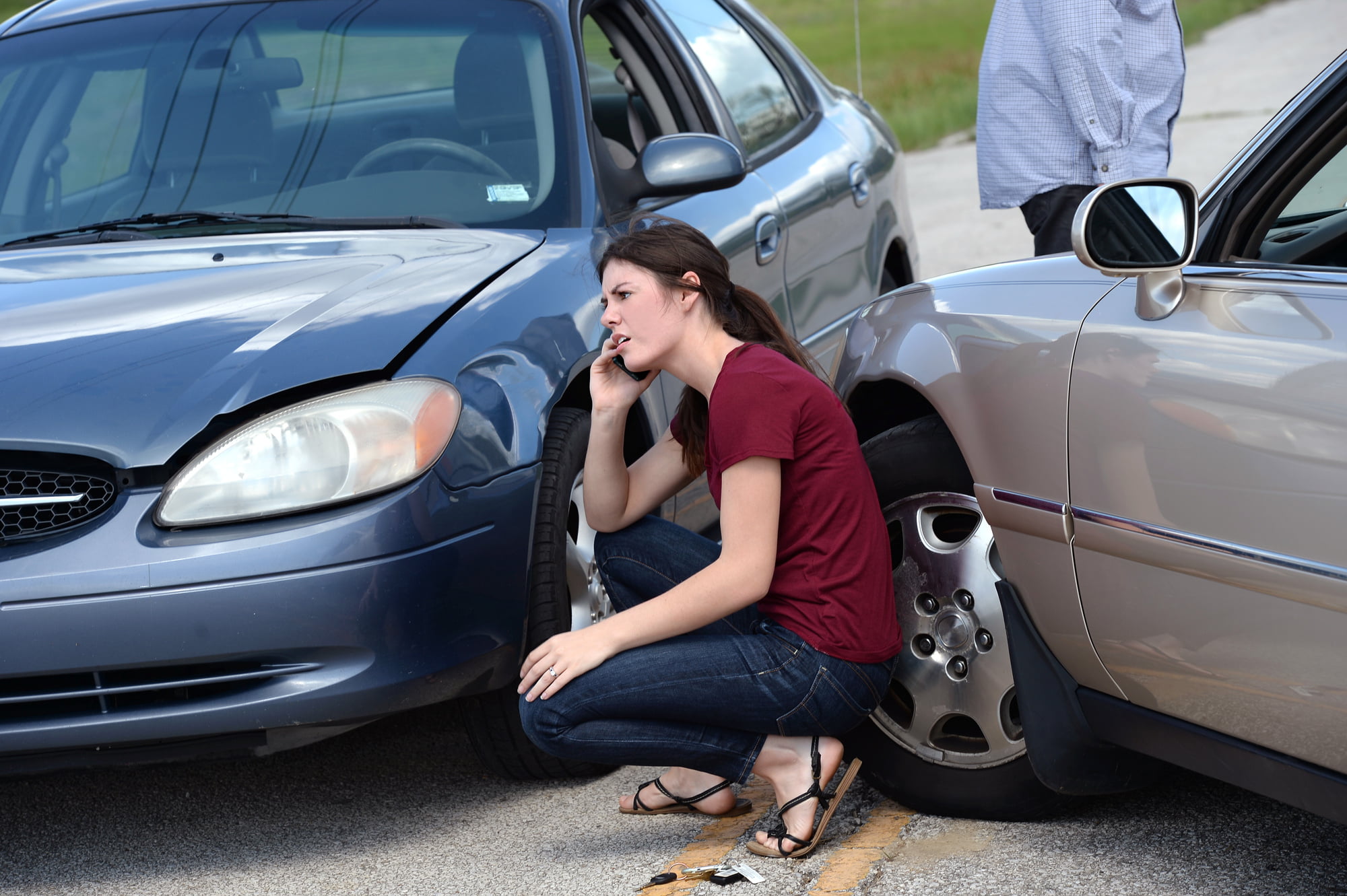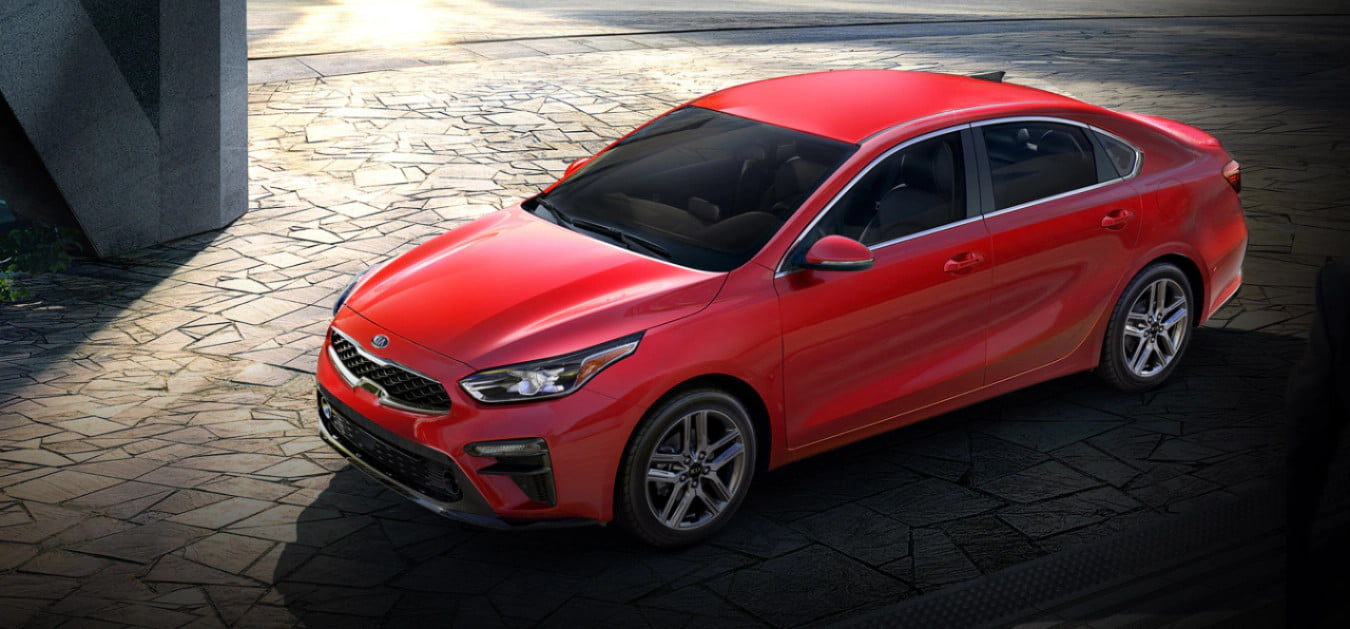
Very few people enjoy going to the Department of Motor Vehicles (DMV). Often, there are long lines and excruciating wait times. Nothing is worse than waiting in line only to find out that you do not have the right documentation.
There are well over 210 million drivers in the United States. Each driver has to renew their license at one point or another.
To avoid a frustrating experience, it is important to know what to bring to the DMV. Read on for a guide to license renewal and to make sure you have the right documents.
Important Facts About Driver’s License Applications
Applying for a new driver’s license is not the only reason to go to the DMV. In fact, a greater number of people go to renew their existing license.
It is important to understand that each state’s application rules are different. For example, licenses must be renewed every four to six years in general. We recommend that you contact your state’s DMV to find out how to apply.
There are a few common elements across state lines for a driver’s license renewal. You are required to pay a license renewal fee and get an updated photo taken.
The vast majority of states require you to apply for a renewal in-person. However, many states have relaxed the requirement due to the coronavirus pandemic. These states allow you to apply for a renewal by mail or online.
What to Bring to the DMV
Now that you understand the basics of license application, it is time to collect your documents. You should start by visiting your state’s website and checking what they consider primary and secondary documentation. Read on to learn more about primary and secondary forms of identification:
Primary Documentation
You will have to bring at least one form of primary identification. This includes major documentation like a birth certificate or a United States passport.
Many states will accept an expired driver’s license as a primary identification document. An active-duty identification card from the U.S. military will also suffice.
There are other less common forms of primary identification. These include items like a Permanent Resident Card, adoption papers, or a Certificate of Naturalization.
Secondary Documents
In addition to primary documents, you will likely need to collect some secondary documentation. These documents are considered secondary because they are easier to obtain.
For example, you may be able to present a credit card with your name on it. Another example is a utility bill with your name and matching address on it.
Some people use education documents to prove their identity. These include documents like a high school diploma, college degree, or a university identification card.
Other examples include a social security card or a property tax statement.
How to Ensure a Smooth Experience at the DMV
The question, what do you need to bring to the DMV, confuses many people. After reading this article, you should know exactly what to bring. Asking, is the DMV open, will be the only concern on your mind.
If you enjoyed this article about what to bring to the DMV, check out our blog for more great content.








